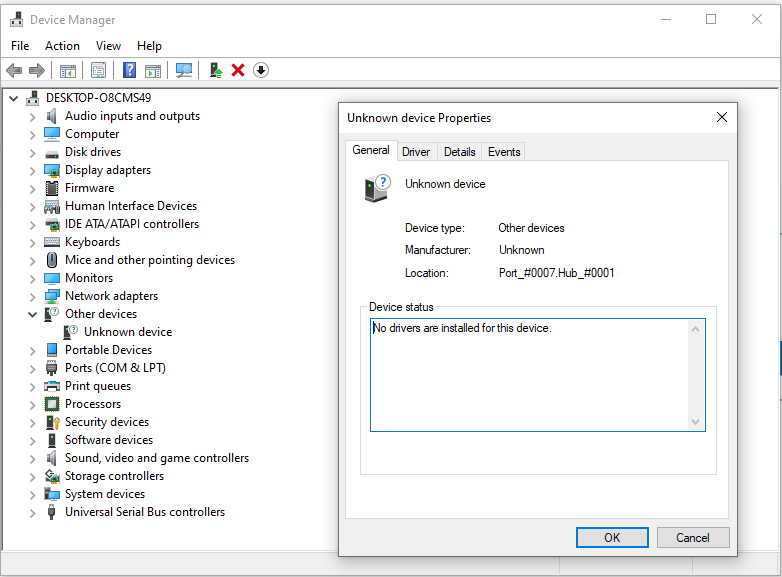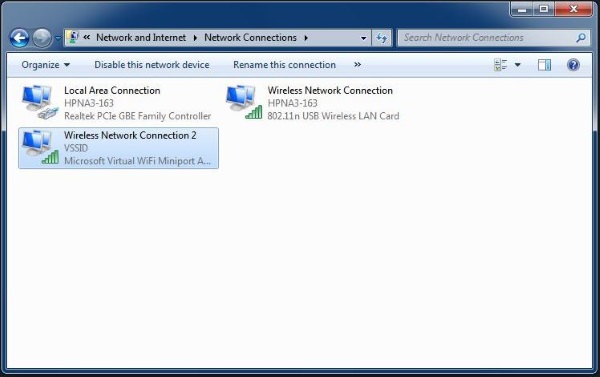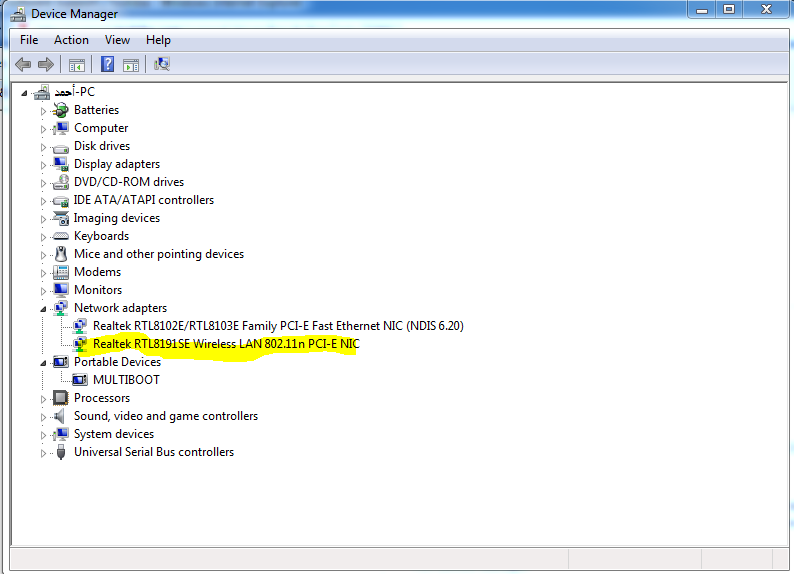- Microsoft Network Adapter Multiplexor Protocol
- Microsoft Network Download
- Microsoft Network Firewall Security

In Windows 10, some features of file and folder sharing over a network have changed, including the removal of HomeGroup. Read on for answers to common questions about other changes to file and folder sharing in Windows 10.
How do I share files or folders over a network now?
When you run this test, we measure the connectivity between your device and the internet, and from there to Microsoft’s network. Insights from these measurements help you discover and understand connectivity problems for individual office locations and how you can update your network architecture to improve connections to Microsoft 365. If you're on a Wi-Fi network, set it to Private. To find out how, read Make a Wi-Fi network public or private in Windows 10. Turn on network discovery and file and printer sharing, and turn off password protected sharing. Select the Start button, then select Settings Network & Internet, and on the right side, select Sharing options.
To share a file or folder in File Explorer, do one of the following:
Azure Virtual Network gives you an isolated and highly-secure environment to run your virtual machines and applications. Use your private IP addresses and define subnets, access control policies, and more. Use Virtual Network to treat Azure the same as you would your own datacenter. Rely on our global reach. The Microsoft Azure global network is highly available, secure, and agile, and enables a wide range of enterprise and consumer services. This global backbone network supports business- and consumer-critical services, such as Azure, Skype, Office 365 and Microsoft Dynamics 365. Microsoft surpasses $10 billion in security business revenue, more than 40 percent year-over-year growth Microsoft empowers defenders to secure across platforms and clouds to make the world a safer place. Read more Microsoft surpasses $10 billion in security business revenue, more than 40 percent year-over-year growth.
Microsoft Network Adapter Multiplexor Protocol
Right-click or press a file, select Give access to > Specific people.
Select a file, select the Share tab at the top of File Explorer, and then in the Share with section select Specific people.
If you select multiple files at once, you can share them all in the same way. It works for folders, too—share a folder, and all files in it will be shared.
How do I stop sharing files or folders?

To stop sharing in File Explorer, do one of the following:
Right-click or press a file or folder, then select Give access to > Remove access.
Select a file or folder, select the Share tab at the top of File Explorer, and then in the Share with section select Remove access.
Why does 'Stop sharing' or 'Remove access' show in File Explorer for files I haven't shared?
File Explorer shows the 'Remove access' option ('Stop sharing' in older versions of Windows 10) for all files, even those that aren't being shared over a network.
How do I tell which files or folders I've shared over a network?
Open File Explorer, then type localhost into the address bar.
Note: When you've shared a file from a folder in your user profile and you go to localhost, you'll see your user profile and all its files there. This doesn't mean that all of your files are shared—just that you have access to all your own files.
How do I turn on network discovery?
Microsoft Network Download
If you open File Explorer, go to Network, and see an error message ('Network discovery is turned off….'), you'll need to turn on Network discovery to see devices on the network that are sharing files. To turn it on, select the Network discovery is turned off banner, then select Turn on network discovery and file sharing.
How do I troubleshoot sharing files and folders?

To troubleshoot problems with sharing files or folders, follow the steps below on all computers from which you're trying to share.
Microsoft Network Firewall Security
Update Windows 10.
Open Windows UpdateMake sure the computers are on the same network. For example, if your computers connect to the internet through a wireless router, make sure they all connect through the same wireless router.
If you're on a Wi-Fi network, set it to Private. To find out how, read Make a Wi-Fi network public or private in Windows 10.
Turn on network discovery and file and printer sharing, and turn off password protected sharing.
Select the Start button, then select Settings > Network & Internet , and on the right side, select Sharing options.
Under Private, select Turn on Network discovery and Turn on file and printer sharing.
Download 3com etherlink 10/100 pci nic (3c905-tx) driver. Under All Networks, select Turn off password protected sharing.
Make sharing services start automatically.
Press the Windows logo key + R.
In the Run dialog box, type services.msc, and then select OK.
Instrument Driver for the LC1-USB Series; Description: VISA instrument driver for Thorlabs LC1-USB line cameras for National Instruments™ LabWindows™/CVI and LabVIEW™. Version: 2.2: Filesize: 0.8 MB: Download: LC1-USBdriverV2.2.zip: ReadMe: Readme.rtf: Licence: LGPL.txt: System Requirements: Windows™ 2000/XP/VISTA. USB 2.0 high speed. Thorlabs usb devices driver download windows 7. Power and Energy Meters Software Downloads The links below will lead to software and driver downloads for our Power and Energy Meters software downloads. For any questions regarding our software, please contact Technical Support. To search for the software for your device, please enter the Item Number here. Software Downloads Thorlabs understands that as your experimental needs change, it may be necessary to reinstall the software and drivers provided with many of our advanced photonics products. We provide many of these files as a free download. Optomechanical Devices Software Downloads The links below will lead to software and driver downloads for our Optomechanical Devices software downloads. For any questions regarding our software, please contact Technical Support. To search for the software for your device, please enter the Item Number here.
Right-click each of the following services, select Properties, if they're not running, select Start, and next to Startup type, select Automatic:
Function Discovery Provider Host
Function Discovery Resource Publication
SSDP Discovery
UPnP Device Host
Related topics

